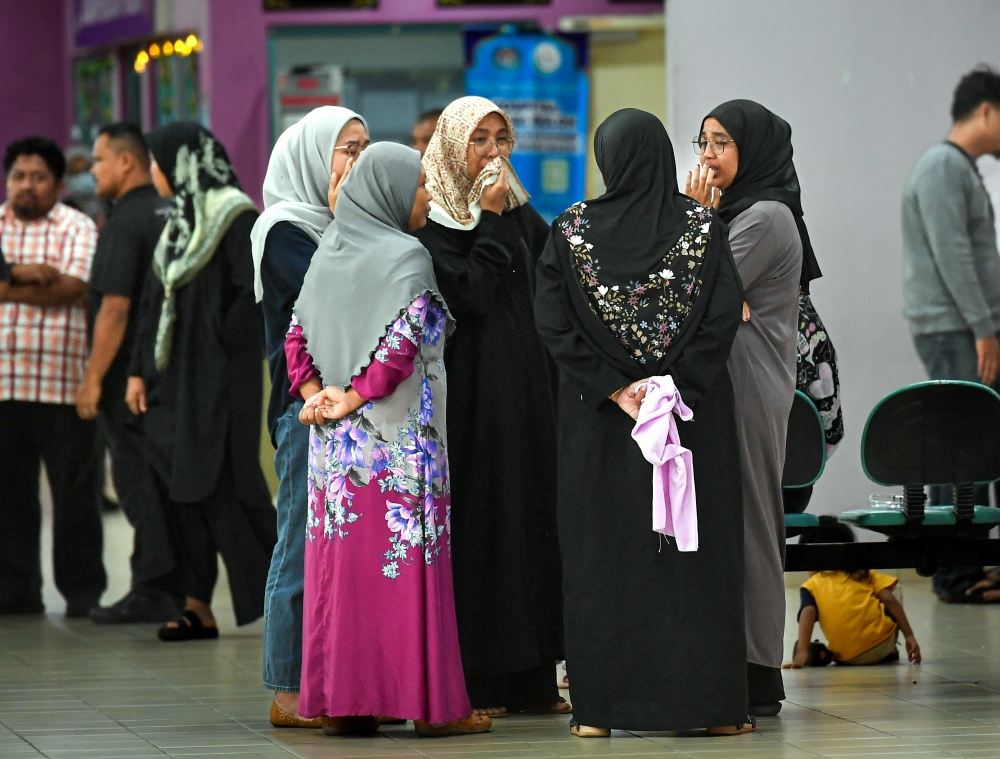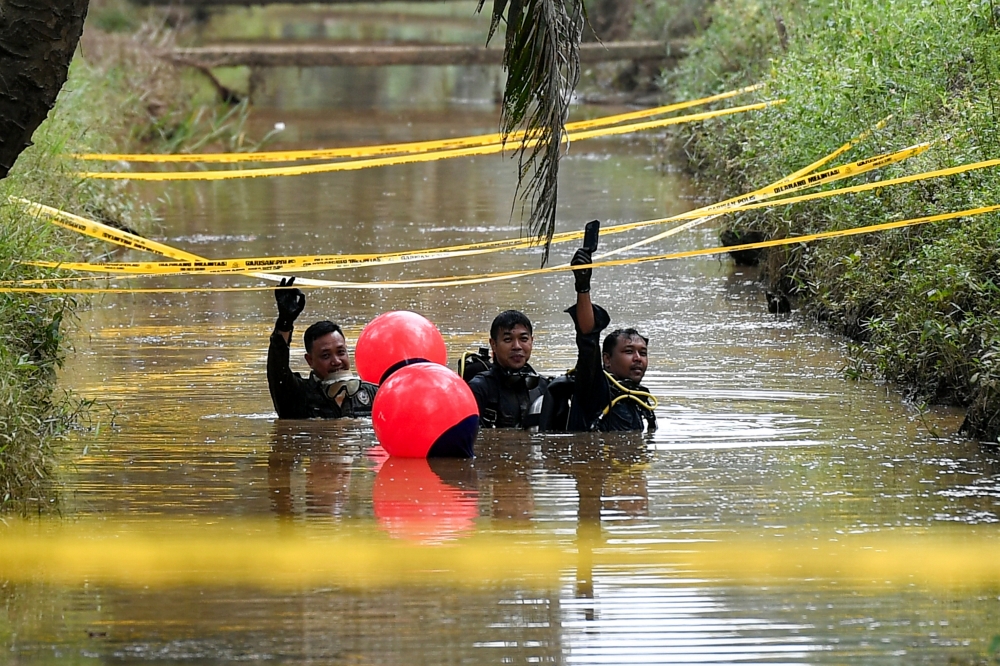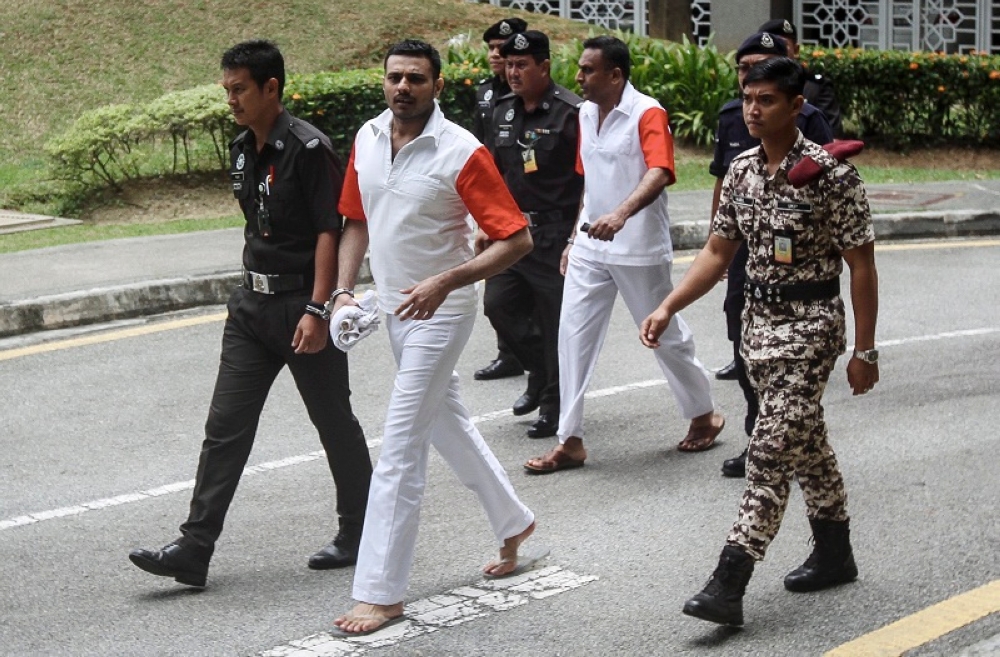KUALA LUMPUR, July 18 — On July 15, car rental worker Nur Farah Kartini Abdullah was found dead at an oil palm plantation in Kampung Sri Kledang, Hulu Selangor.
In the past few days, police have scoured for clues at the plantation to ascertain her killer, as one suspect was remanded.
What is the latest on the case?
- The police said the oil palm plantation, where Nur Farah Kartini’s body was found, is likely to be the scene of the murder.
- A smartphone has been recovered by the police’s Subaquatic Forensic Unit in a ditch nearby.
- Investigations revealed that the suspect and the victim were acquainted.
- Investigations will now continue in an area in Perak, 20 minutes away.
The investigation is being conducted under Section 302 of the Penal Code for murder, which carries a death penalty.

Nur Farah Kartini — a Universiti Pendidikan Sultan Idris graduate who hails from Miri, Sarawak — is expected to be laid to rest at Pekan, Pahang, although the exact location and date have yet to be decided since the body was still undergoing post-mortem examinations.
Here is the chronology of events so far:
July 10 — Nur Farah Kartini delivered a rental car to a customer at Taman Universiti in Tanjung Malim, Perak at about 8am.
July 11 — She was reported missing by her friend at at 1.56am.
July 15 — Her remains were found at Kampung Sri Kledang at 6pm. A police officer, said to be her boyfriend, was arrested as a suspect.
July 16 — The suspect was remanded for seven days to assist in the investigations.
July 17 — A dive unit and K9 unit were deployed to the scene of crime to find her smartphone, necklace and several other items believed to be evidence. The smartphone was discovered in the afternoon.
July 18 — Investigations will continue in Perak, in an area 20-minutes' drive away.

Who has been detained so far?
A police lance corporal, who is attached with the Slim River police station in Perak, has been detained to assist in investigations into the murder of Nur Farah Kartini.
The 26-year-old suspect was arrested at the Gedangsa Police Station in Kuala Kubu Baru, Selangor on Monday. His Toyota car was also seized.
Selangor police chief Datuk Hussein Omar Khan said police were investigating the matter from the angle of a misunderstanding between the suspect and the victim.
Nur Farah Kartini is believed to have been dead for several days before her body was found based on the level of decomposition of the body. No weapons were found either.
According to Hussein:
“Due to the decomposition, especially in the chest and face, experts are currently unable to confirm the cause of death. Once we receive the laboratory analysis results, the experts can proceed with determining the cause of death.”
A total of 26 witnesses have had their statements taken so far.

Nur Farah Kartini’s death bears some resemblance with the murder of cosmetics millionaire Datuk Sosilawati Lawiya and her three friends in a plantation in Selangor, in 2010.
Sosilawati had gone to meet her lawyer, accompanied by three others, at his farm in Banting to ask him to expedite payment for two post-dated cheques worth RM4 million being proceeds for the sale of her land handled by his legal firm.
Instead, they met their grisly end at the hands of former lawyer N.Pathmanabhan and farm workers T. Thilaiyalagan and R. Kathavarayan with their bodies burned cremation-style with the use of logs and the ashes disposed of in a river.
The apparently well-planned killings as revealed in the sensational trial shocked the nation coming as they did just a day before Malaysia’s National Day celebration and several days before Aidilfitri in 2010.
The apex court on March 16, 2017 upheld the Shah Alam High Court’s decision which sentenced the trio to death for murdering Sosilawati, 47, bank officer Noohisham Mohamed, 38, lawyer Ahmad Kamil Abdul Karim, 32, and her driver Kamaruddin Shamsuddin,44.
However, Chief Justice Tun Arifin Zakaria who chaired a five-man bench acquitted another farm worker, R. Matan, 26, on grounds of insufficient evidence to implicate him to the murder.
The Sosilawati murder trial was only the second time in which the court relied on circumstantial evidence to convict the accused without finding the body of the victim.
The last time this happened was in the Sunny Ang murder trial where the Singapore Grand Prix driver was sentenced to death for the murder of his girlfriend Jenny Cheok while they were scuba diving off Singapore waters in 1963. Singapore was then part of Malaysia before the separation in 1965.



















